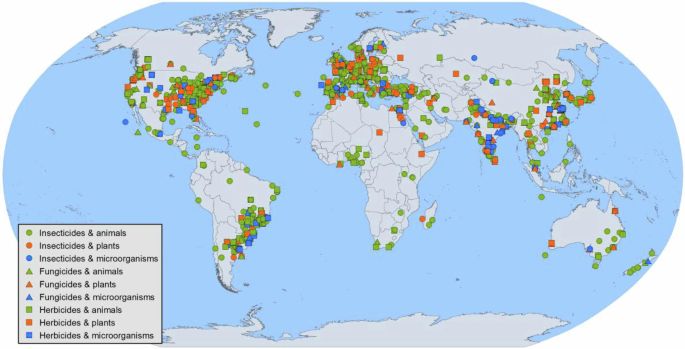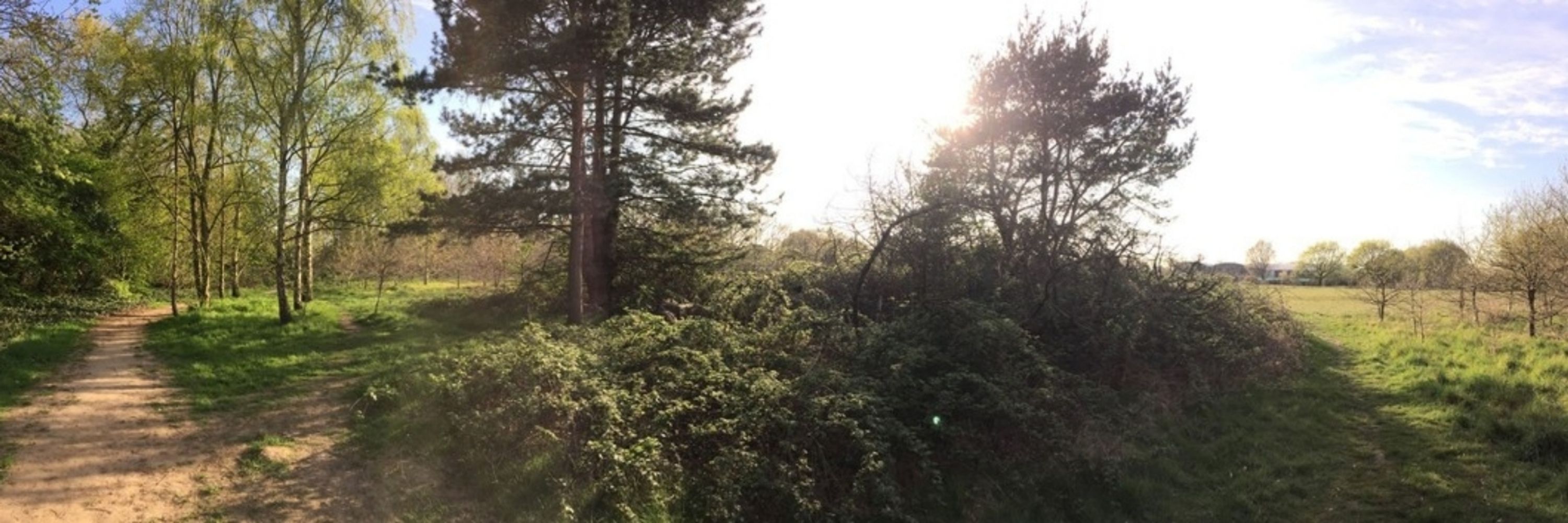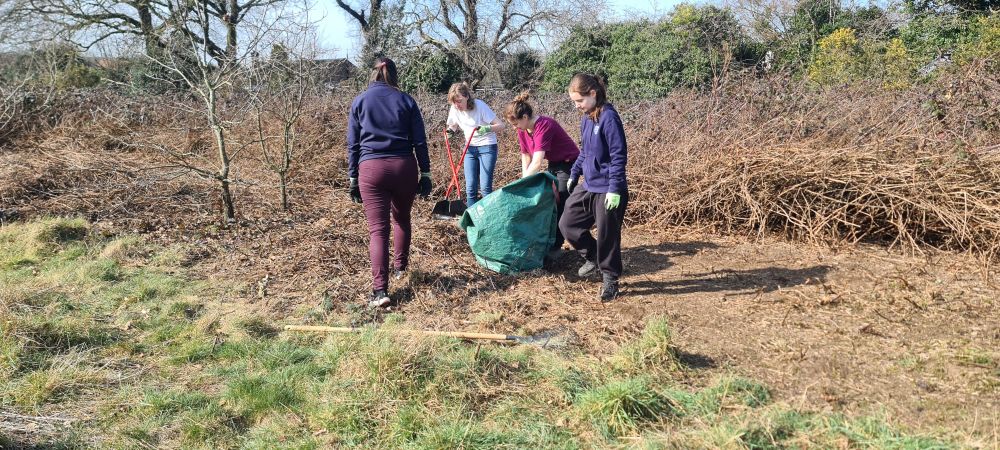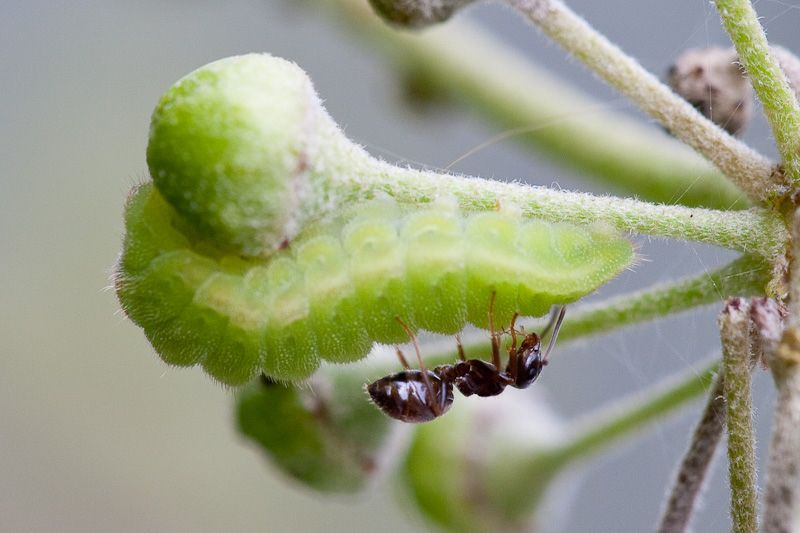Hampton Heath Friends
@hamptonheath.bsky.social
58 followers
55 following
34 posts
A fabulous community of volunteers, clearing litter, managing (waxcap) acid and neutral grassland and mosaic habitats, recording wildlife and improving accessibility of Hampton Heath, London Borough of Richmond, SW London.
https://hamptonheath.org
Posts
Media
Videos
Starter Packs
Reposted by Hampton Heath Friends
Reposted by Hampton Heath Friends
Reposted by Hampton Heath Friends
Reposted by Hampton Heath Friends
Prof Sam Illingworth
@samillingworth.com
· Feb 14

Pesticides have negative effects on non-target organisms - Nature Communications
Pesticides affect a diverse range of non-target species and the magnitude of this hazard remains only partially understood. Wan et al. found that insecticides, fungicides and herbicides have negative ...
www.nature.com
Reposted by Hampton Heath Friends
Reposted by Hampton Heath Friends









































